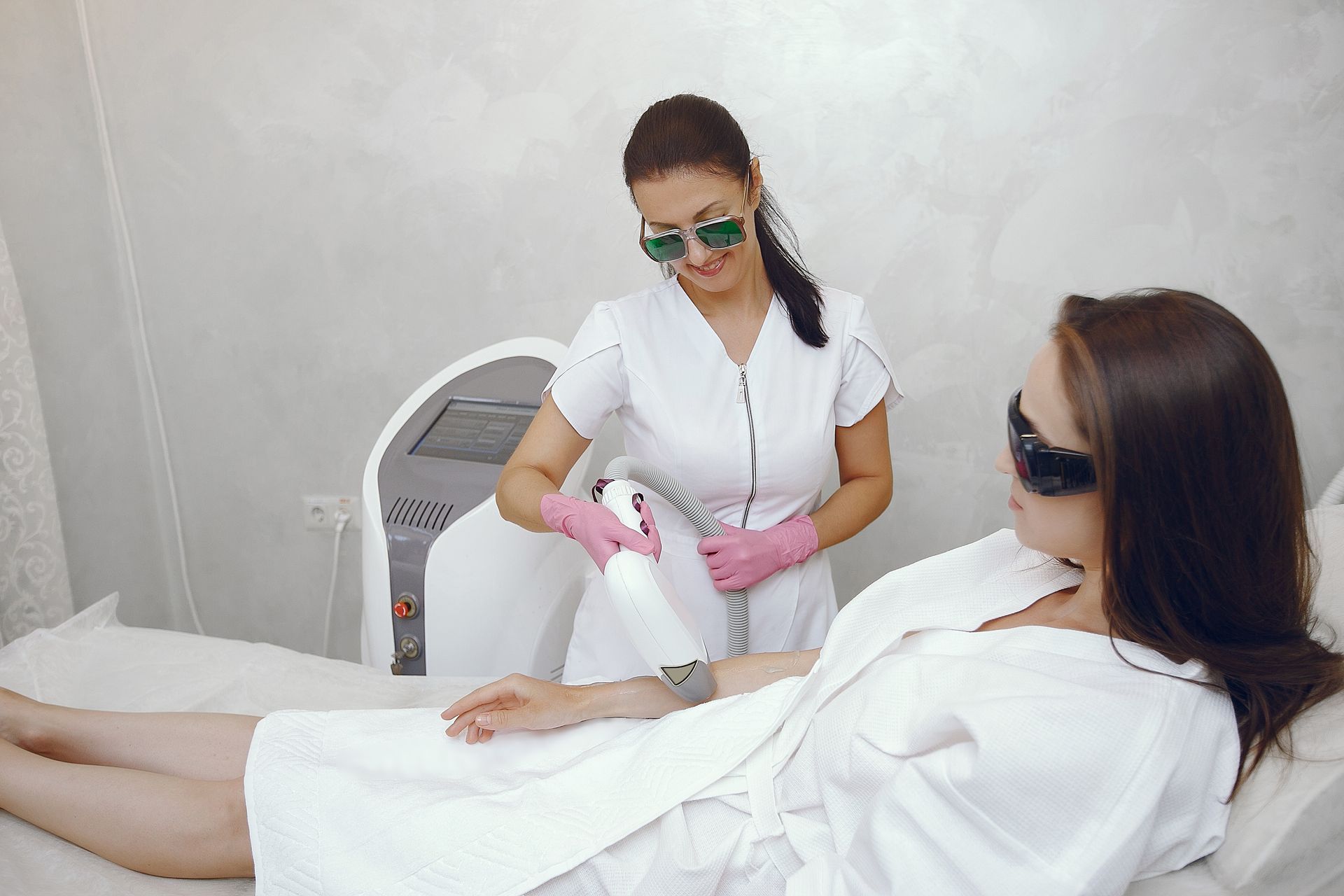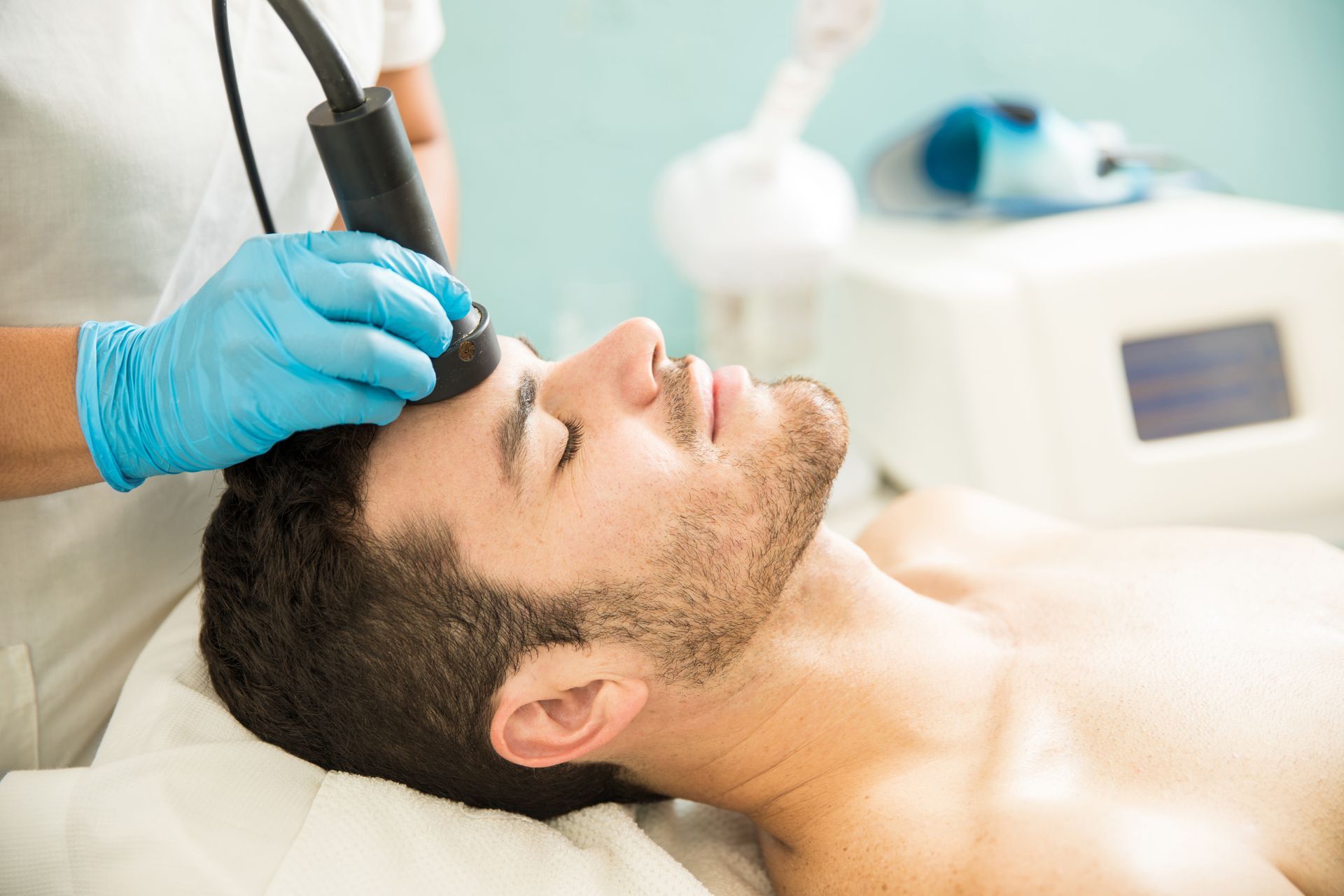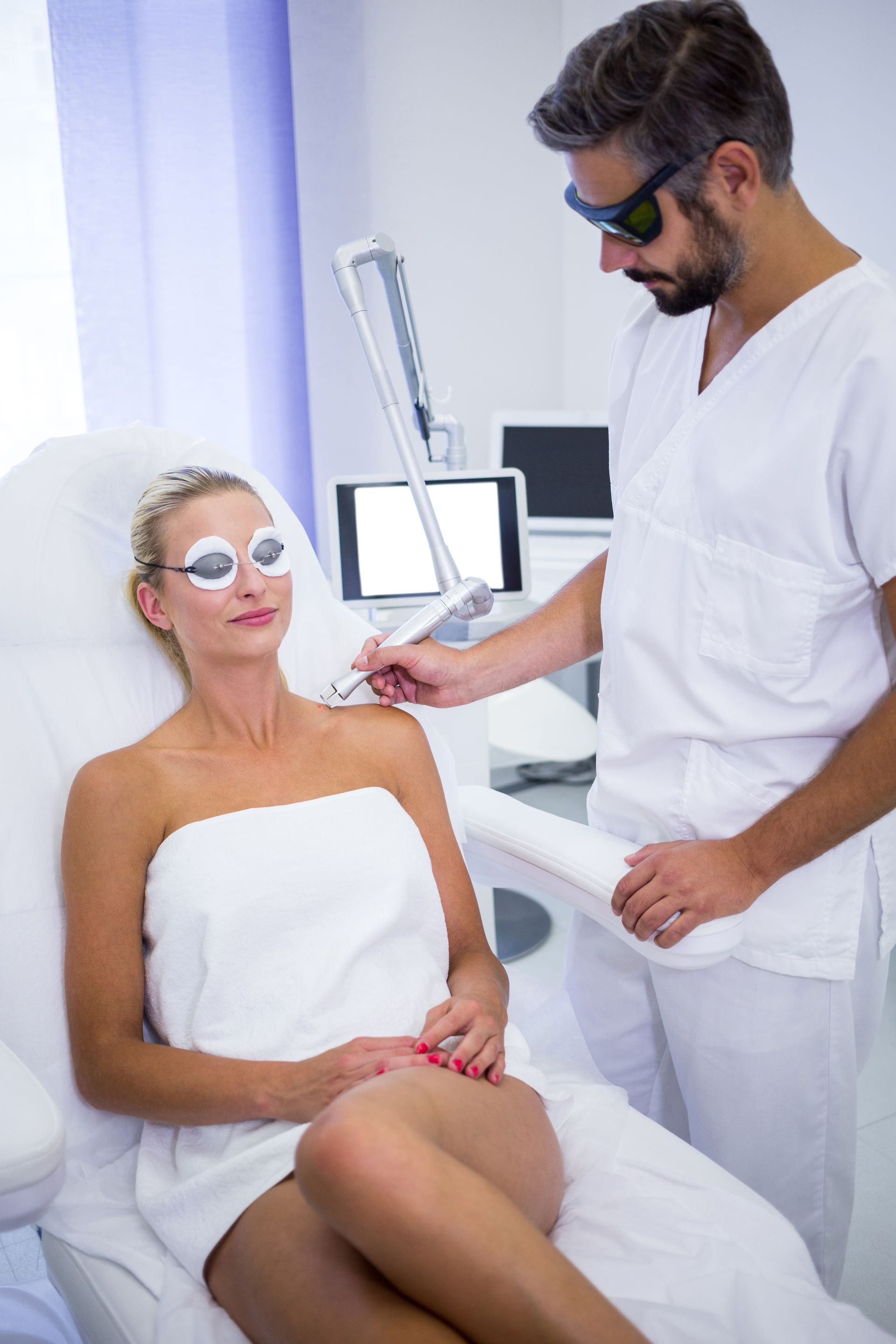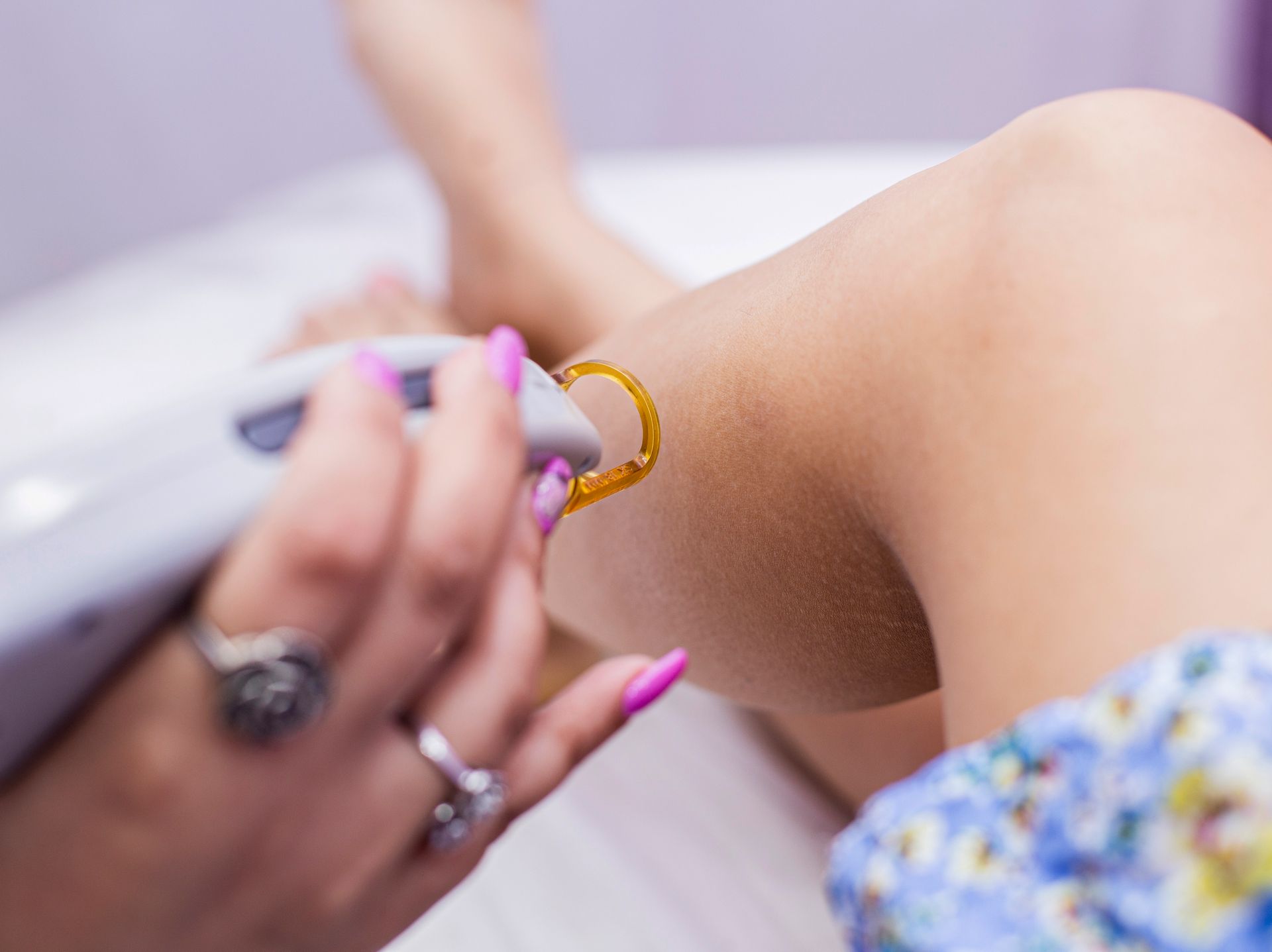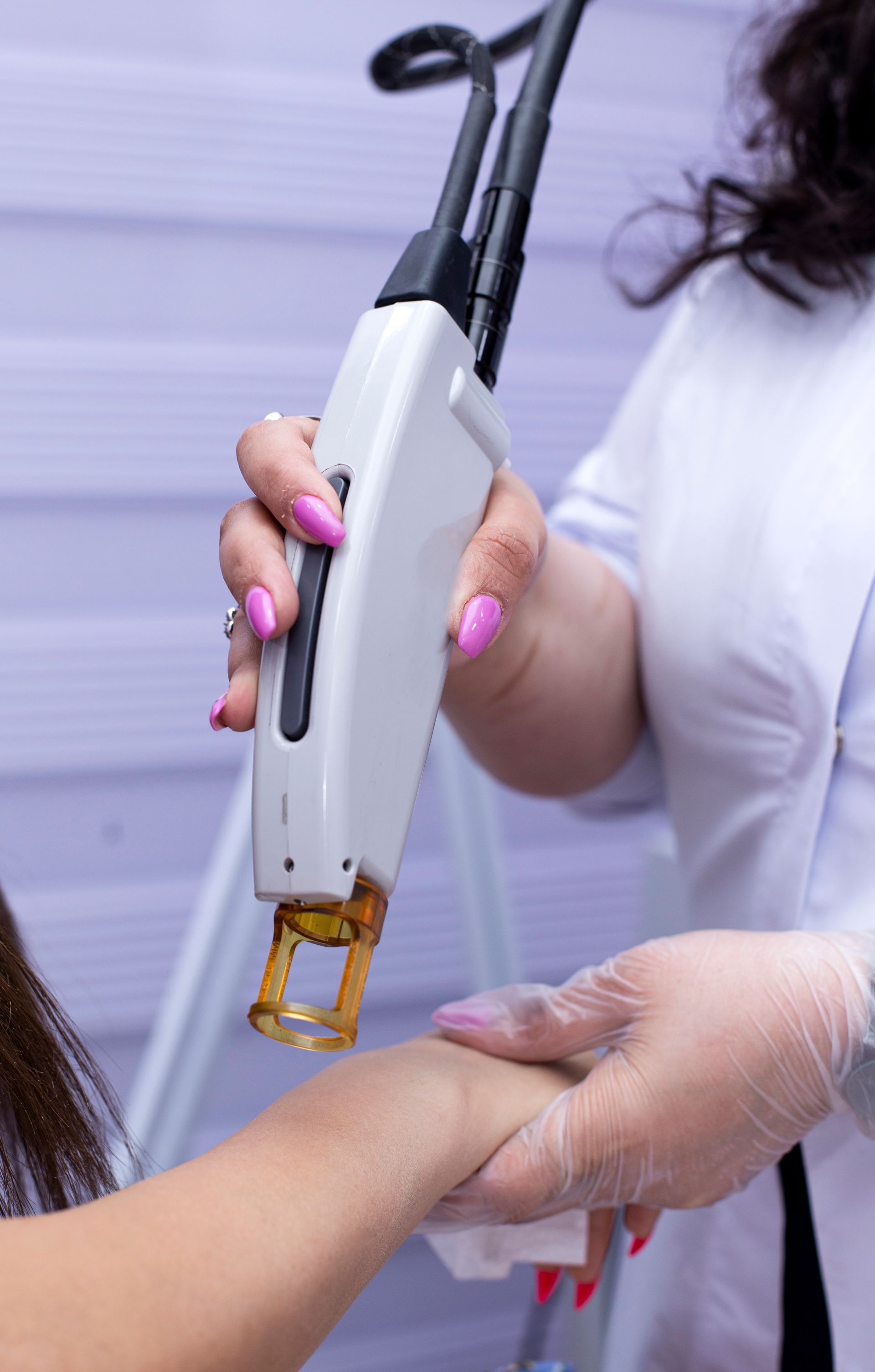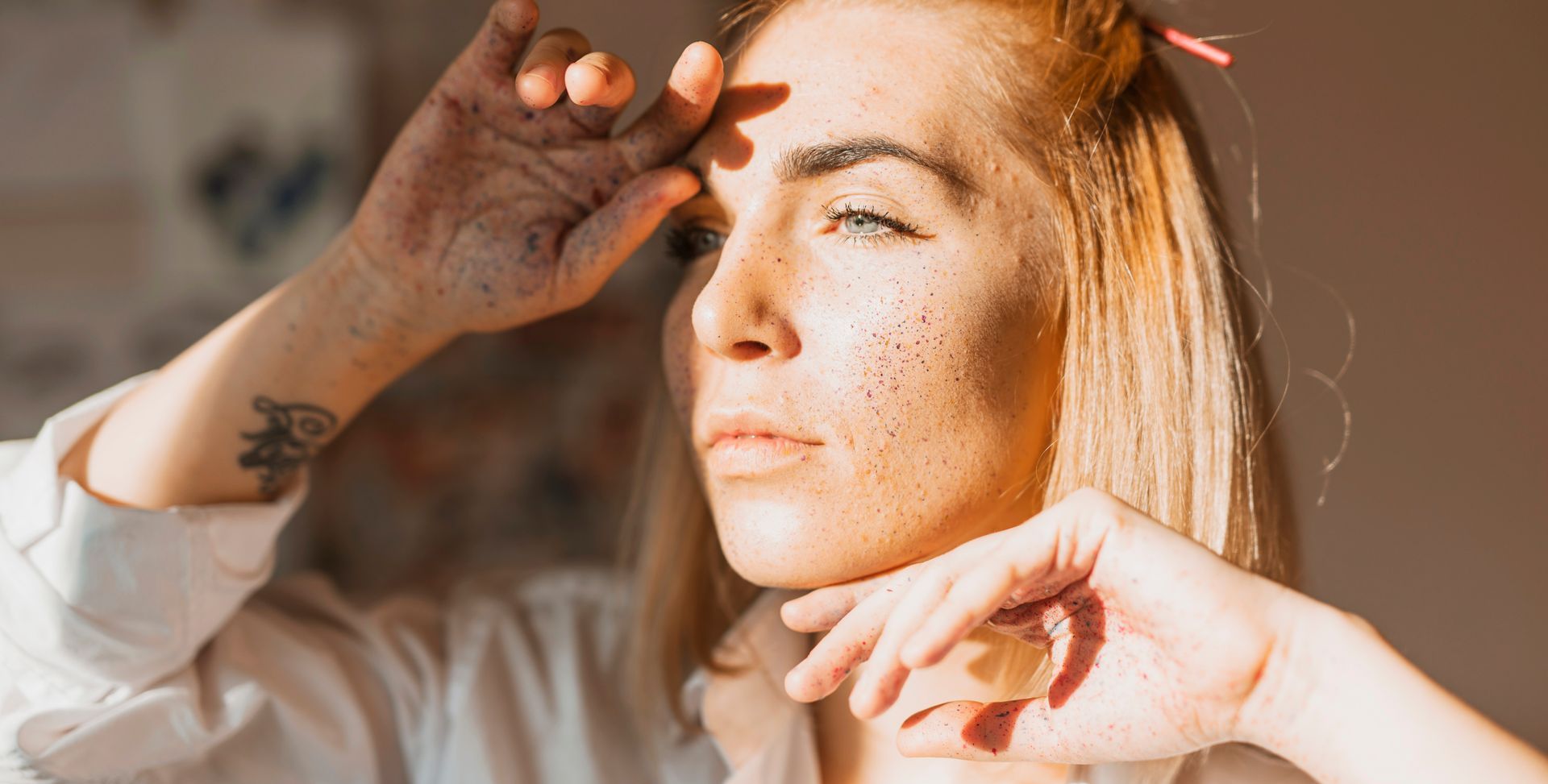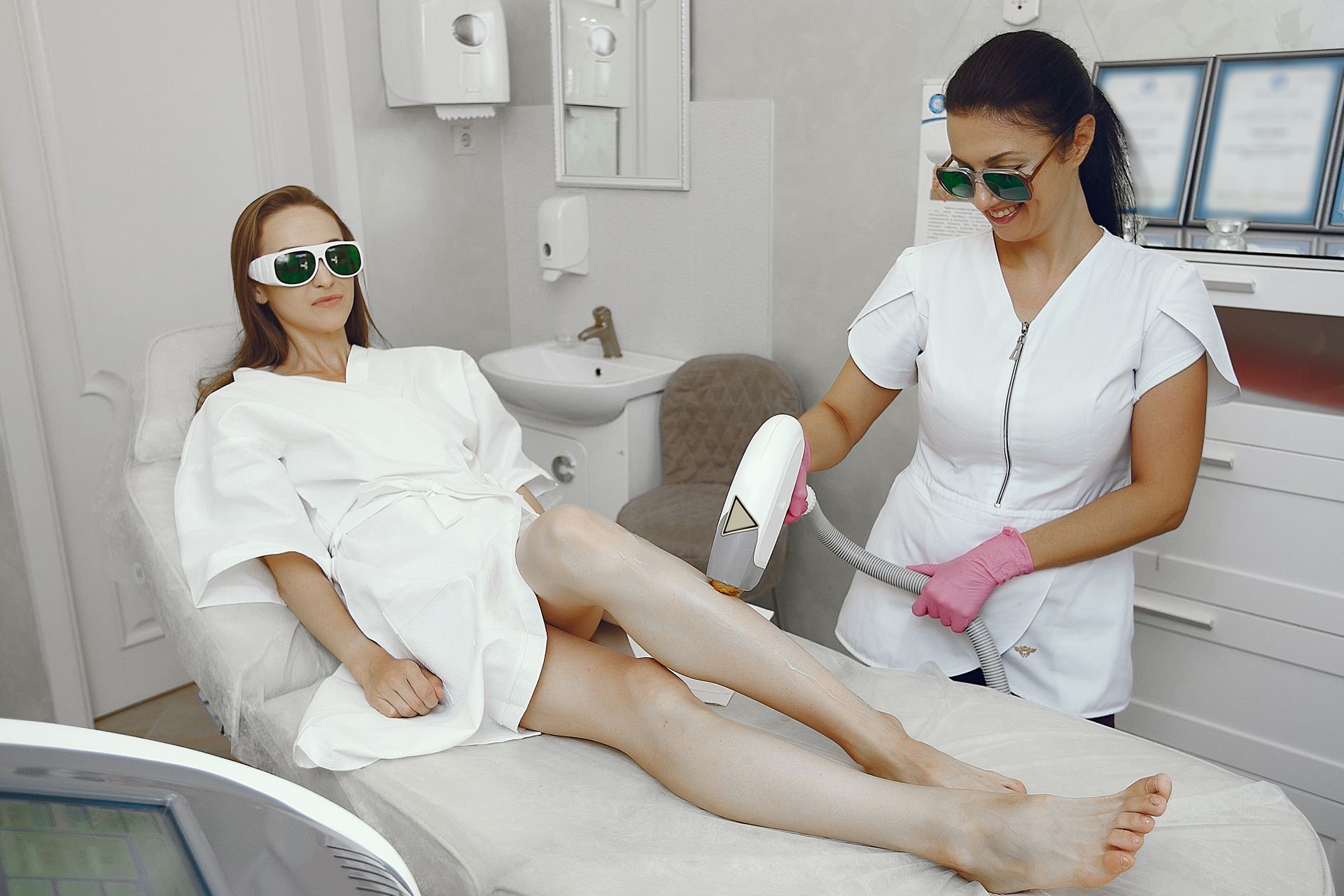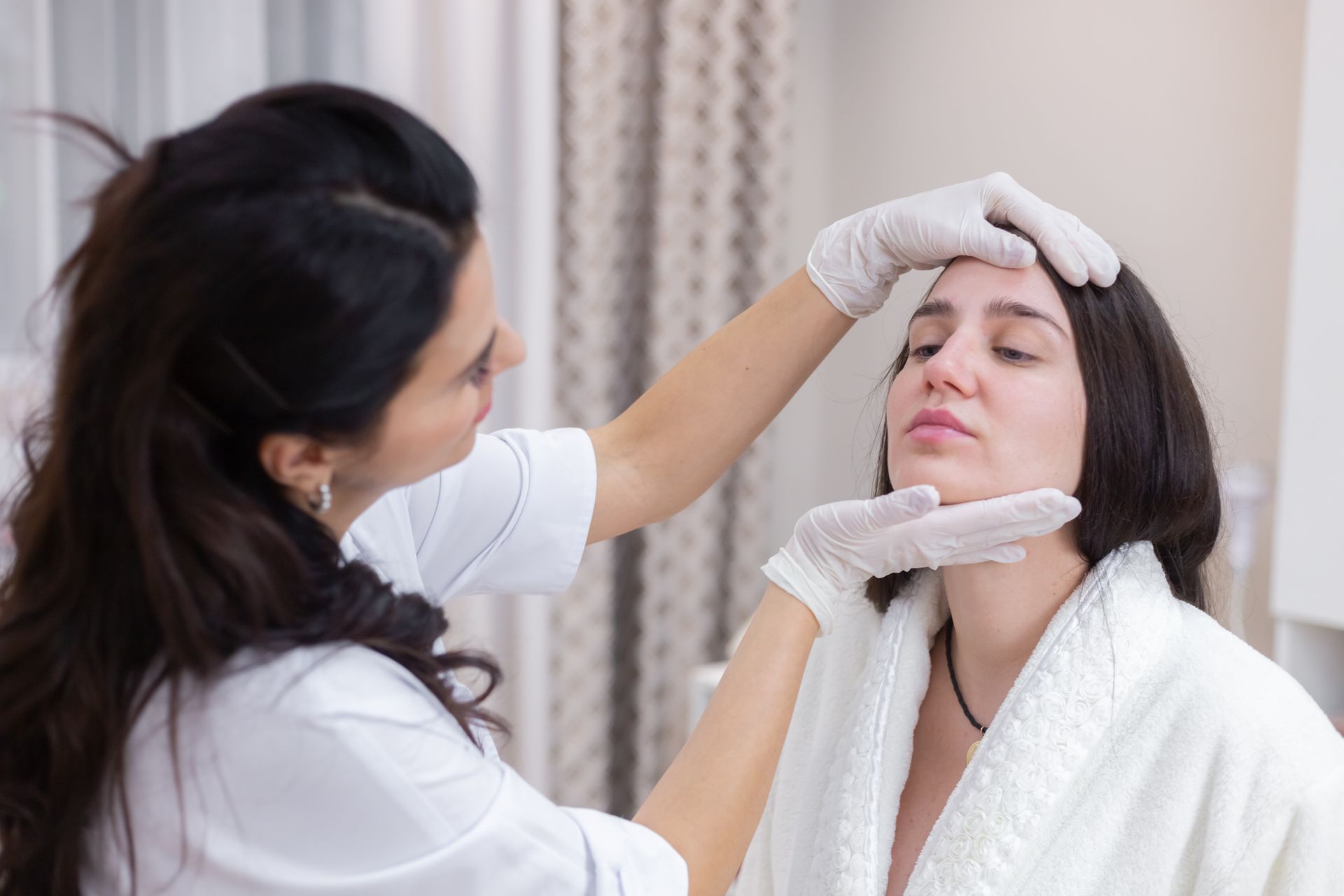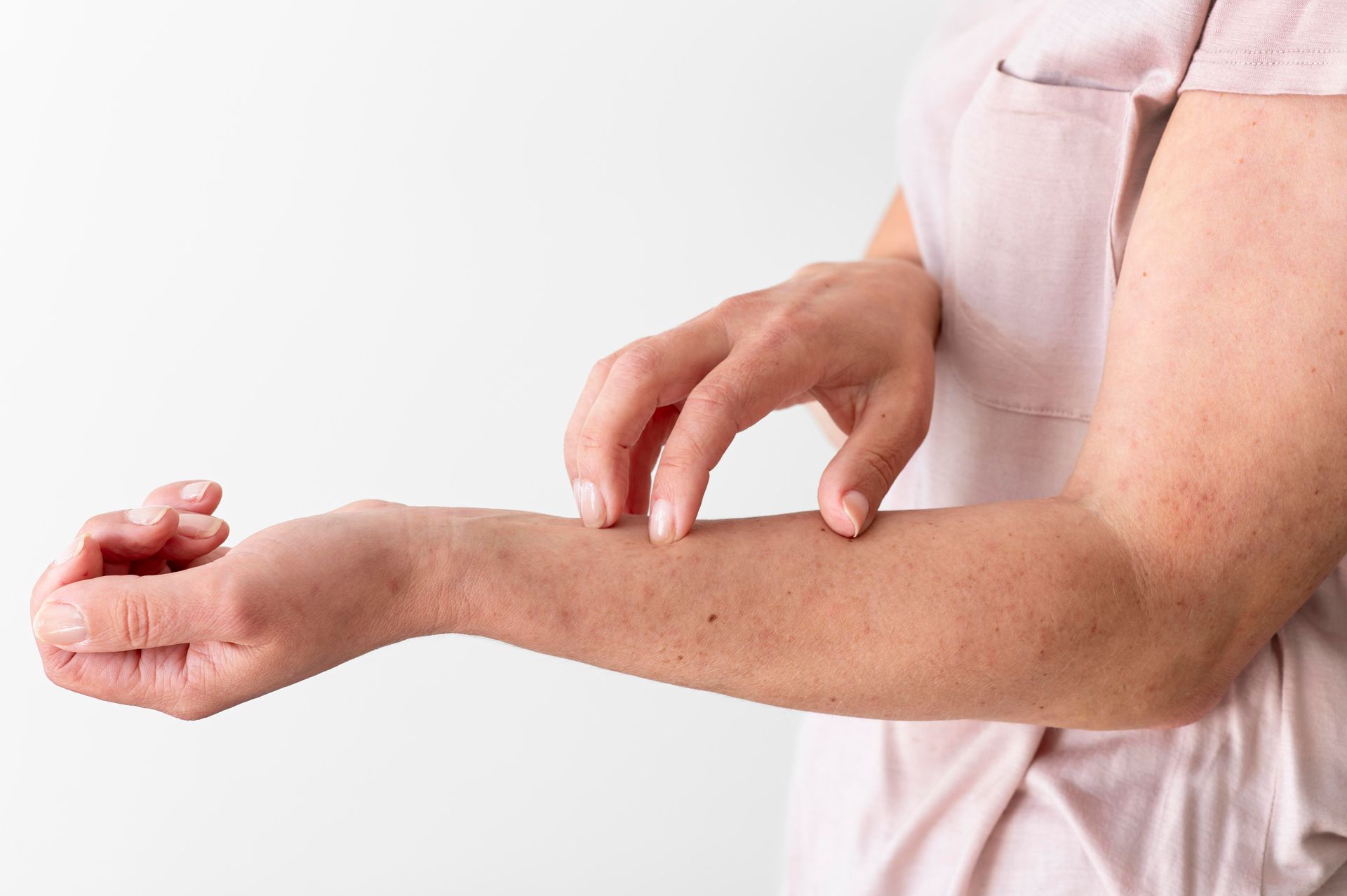How to Soothe Redness After Laser Hair Removal Naturally
So, you’ve finally had your laser hair removal session—your skin feels warm, looks a little pink, and maybe even stings a bit. Don’t worry—this is totally normal.
Laser hair removal works by targeting the hair follicle with heat, which means your skin will naturally react for a short while after treatment.
The good news? You don’t need to rely on harsh creams or expensive products to calm that redness. There are plenty of natural, gentle remedies that can help soothe your skin and speed up healing—without interfering with your laser results.
Let’s explore exactly what causes redness, how long it lasts, and the best natural ways to calm your skin after your laser session.
Can You Go Swimming After Laser Hair Removal?
Why Redness Happens After Laser Hair Removal
Redness, or erythema, is one of the most common (and harmless) side effects of laser hair removal.
During your session, the laser’s light energy converts into heat that penetrates the hair follicle. This process can slightly irritate the surrounding skin, triggering inflammation as your body begins to repair the treated area.
Think of it like a mild sunburn: your skin becomes warm, pink, and maybe a little puffy for a few hours (or up to 48 hours, depending on your skin type).
How Long Does Redness Last After Laser Hair Removal?
For most people, redness lasts between a few hours to two days. If you have sensitive skin, it might linger slightly longer.
This redness is typically accompanied by mild swelling—especially in areas with dense hair growth, like underarms or bikini lines. Both symptoms fade naturally as your skin cools down and heals.
If redness persists beyond 3–4 days or if you notice blistering, that’s your cue to contact your laser provider—it might indicate irritation or an improper laser setting.
Natural Ways to Soothe Redness After Laser Hair Removal
Let’s talk about what really helps calm your skin — using simple, safe, natural remedies that you may already have at home.
1. Aloe Vera Gel: The Cooling Classic
When it comes to post-laser care, aloe vera is a
skincare superhero.
Its natural anti-inflammatory and cooling properties instantly calm redness, reduce swelling, and hydrate your skin.
How to use it:
- Apply a thin layer of pure, organic aloe vera gel (preferably straight from the plant or 100% gel with no alcohol).
- Let it absorb naturally—no rubbing!
- Reapply every few hours for the first day or two.
Aloe also helps restore the skin barrier, making it ideal for sensitive, freshly treated skin.
2. Cold Compress or Ice Pack
Cold therapy is one of the fastest ways to reduce heat and swelling after laser hair removal.
Applying a cool compress helps
constrict blood vessels, reducing redness and soothing irritation.
How to use it:
- Wrap ice cubes or a gel ice pack in a soft, clean cloth (never apply ice directly to skin).
- Gently press it on the treated area for 5–10 minutes at a time.
- Repeat several times during the first 24 hours.
This method not only reduces redness but also relieves that “warm” or slightly stinging sensation.
3. Oatmeal Paste or Bath
Oatmeal is another natural anti-inflammatory that helps with irritation and dryness. It’s gentle enough even for post-laser skin.
How to use it:
- Mix 1–2 tablespoons of colloidal oatmeal with cool water until it forms a smooth paste.
- Apply it to the affected area for 10–15 minutes, then rinse gently.
- Or, add 1 cup of colloidal oatmeal to a lukewarm bath and soak for 15–20 minutes.
It’s calming, hydrating, and ideal for large treated areas like legs or arms.
4. Coconut Water or Rose Water Spritz
If your skin feels tight or dry, a hydrating mist can help. Both coconut water and rose water are naturally soothing and anti-inflammatory.
How to use it:
- Pour chilled coconut water or rose water into a spray bottle.
- Mist your skin gently 2–3 times a day.
This keeps the skin hydrated without clogging pores or irritating follicles. Avoid commercial toners that contain alcohol or fragrances.
5. Chamomile Tea Compress
Chamomile isn’t just for relaxing your mind—it’s excellent for calming irritated skin too. Its natural flavonoids and antioxidants help reduce redness and inflammation.
How to use it:
- Brew two chamomile tea bags and let them cool completely.
- Soak a clean cloth in the cooled tea and place it over the treated area.
- Leave on for 10–15 minutes for instant relief.
You can refrigerate leftover tea for a refreshing, cooling treatment later.
6. Cucumber Slices or Juice
Cucumber is 96% water—hydrating, cooling, and rich in antioxidants that calm the skin barrier.
How to use it:
- Chill cucumber slices in the fridge, then place them directly on the affected skin.
- Or, blend cucumber into juice and apply with a cotton pad.
It’s perfect for delicate areas like the face or neck.
7. Honey: The Natural Healer
Honey has antibacterial, moisturizing, and healing properties that make it perfect for soothing redness.
How to use it:
- Apply a thin layer of raw organic honey to the area.
- Let it sit for 15–20 minutes, then rinse with cool water.
Honey locks in moisture and accelerates recovery while reducing irritation.
Does Laser Hair Removal Make Skin More Sensitive to Sun?
What to Avoid After Laser Hair Removal
While these natural remedies are safe and effective, some things can make redness worse or delay healing. Here’s what to steer clear of:
🚫
Hot showers or saunas for 48 hours
🚫
Heavy lotions, oils, or fragranced products
🚫
Scrubbing or exfoliating treated areas
🚫
Sun exposure or tanning
🚫
Tight clothing that traps heat and sweat
Your skin needs a calm, cool environment to heal properly—so keep it simple and gentle.
When to See a Professional
Redness and slight swelling are normal, but if you notice:
- Blisters or severe irritation
- Intense itching or burning
- Signs of infection (like pus or spreading redness)
Contact your provider immediately. These could indicate a reaction that needs professional care.
Long-Term Skin Care Tips After Laser Treatments
Once your redness fades, you can maintain soft, healthy skin by:
- Moisturizing daily with fragrance-free lotion
- Applying sunscreen (SPF 50+) before stepping outside
- Staying hydrated—skin heals faster when you drink plenty of water
- Following your technician’s aftercare plan for optimal results
Laser hair removal gives lasting smoothness, but keeping your skin nourished will make your results even better.
Final Thoughts: Let Your Skin Breathe and Heal Naturally
Redness after laser hair removal is temporary—but how you treat your skin right after the session makes all the difference.
By sticking to
natural, gentle remedies like aloe vera, cold compresses, and chamomile, you can help your skin recover faster and more comfortably.
Keep it cool, hydrated, and protected from the sun—and within a day or two, you’ll be back to glowing, smooth skin that’s ready for your next session.
BOOK YOUR FREE SESSION
